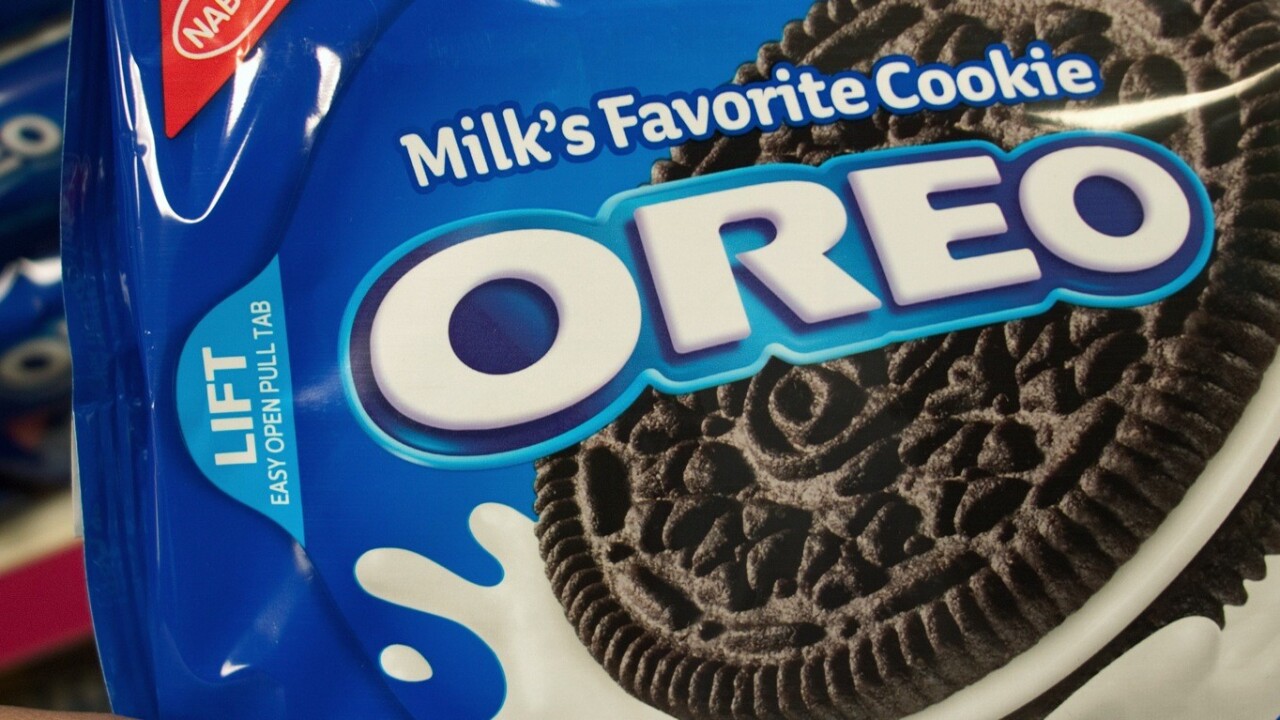
As Social Data Week approaches, we spoke to Erik Huddleston, CTO and EVP of Product at Dachis Group, a big data social analytics company that offers products to help brands harness real-time social marketing.
We wanted to find out more about how real-time social data is being used by brands. Unsurprisingly, it didn’t take long for Oreo to come up…
TNW: What kinds of advantages does real-time social data offer to brands?
EH: For the first time, brands can join the conversations that their customers are having right now – even if they have absolutely nothing to do with that brand. For example, Oreo knows it can talk to people who like cookies about cookies. But what if people who like cookies are talking about the newest hip hop video? or sports car?
Real-time social data lets brands identify an important trend, insert themselves into that trend, and measure the impact of that trend in ways that were never possible before now.
TNW: Do you have any specific examples of this?
EH: We are working with a number of customers to introduce live screens populated with social data and real-time reporting driven by real-time social data into their enterprise environments. Typically brands start with daily reporting to introduce the voice of the customer to the organization, and mature into war room event marketing and content workbench type use cases.
War rooms are basically just physical locations that brands and agencies build to allow real-time collaboration around key events. It could be a major product launch or it could be a big event like the Super Bowl. The idea is to staff a room with qualified individuals and then put every possible data asset in their hands so the brand can react responsively and in real-time to events as they unfold.
Content workbenches are a more distributed version of a war room. In that case you do away with the physical proximity of your team, but make up for it with tools and workflow that still enable highly responsive reactions to conversations and interactions occurring online. This is used less in the context of events and more in the context of day-to-day real-time marketing since it is much less expensive than a war room and allows for more flexibility from the brand team.
TNW: If brands are inserting themselves into conversations, how can they avoid being seen as unwanted voices getting in the way of natural conversation?
EH: The key is not to try and hijack the conversation, but rather to contribute to it. Brands have enormous resources at their disposal – entire teams of creative, interesting people, who are highly trained in expressing a brand’s voice across mediums. If they select the right conversation to join (made easy by applications like ours that highlight just brand-relevant trending conversations), and do so in an interesting and brand appropriate way, they will typically welcomed and not rejected.
If they try to move the conversation in an unnatural direction, commercialize it too overtly, or join it in a lame way (which happens all too often), then they will be viewed as an unwanted voice.
TNW: What are some of the challenges you face in making sense of all the social data out there?
EH: It’s become a trivial task to find someone who mentions a brand keyword online. The much harder challenge has been sifting through the massive universe of data to find the key individuals that are important to a brand’s business performance, and then identify the non-brand related conversations that are ripe for brand participation. We’ve developed patented systems for doing exactly that.
TNW: In the coming years, consumers will generate far many more datasets than they do now – both overtly social and more forms of quasi-private personal metadata (activity tracking data etc). Do you have any ideas about what the software like yours will be tracking in the future and how that will help brands?
EH: We are already working with some very sophisticated brands on deep data integrations across their enterprise systems with social data. Data from a brand’s mobile applications will soon be integrated to their point of sales systems, as well as to their marketing and social data. The result will be highly customized consumer experiences that build brand loyalty and drive sales in unprecedented ways.
TNW: What’s the most exciting trend you’re seeing in social data right now?
EH: The most exciting trend is the movement from brands being awash in social data, but not really knowing what to do with it, to integrating social data into specific valuable business process. We can now process these huge volumes of information to give a brand a specific bullseye on the conversations they must join to be relevant with their consumers. Before, brands weren’t ready to seize that opportunity, but now they are.
Social Data Week – get involved
Jeff Dachis, Chairman and CEO of Dachis Group, will be speaking at the Social Data Week event in New York City.
Social Data Week is a global series of events taking place in September. Two anchor events will be held in San Francisco and New York on September 16 and 20 respectively, while local events and hackathons will take place around the world.
The San Francisco event boasts speaks including author Guy Kawasaki, Altimeter Group’s Brian Solis and GetSatisfaction’s Wendy Lea.
In New York, you’ll get to hear from the likes of entrepreneur Gary Vaynerchuk, News Corp CTO Paul Cheesbrough and Rackspace’s Robert Scoble.
Registration details for all the events can be found here.
Social Data Week is organized by DataSift, a company that has made a business of helping others make sense of the vast quantity of of information we create on social networks each day, and The Next Web is a media partner. If you’d like to hold your own Social Data Week event, you can contact the team via the website.
You can follow along with what people are saying through the #sdwk13 hashtag or following @socialdataweek on Twitter.
Image credit: MANDEL NGAN/AFP/Getty Images
Get the TNW newsletter
Get the most important tech news in your inbox each week.





